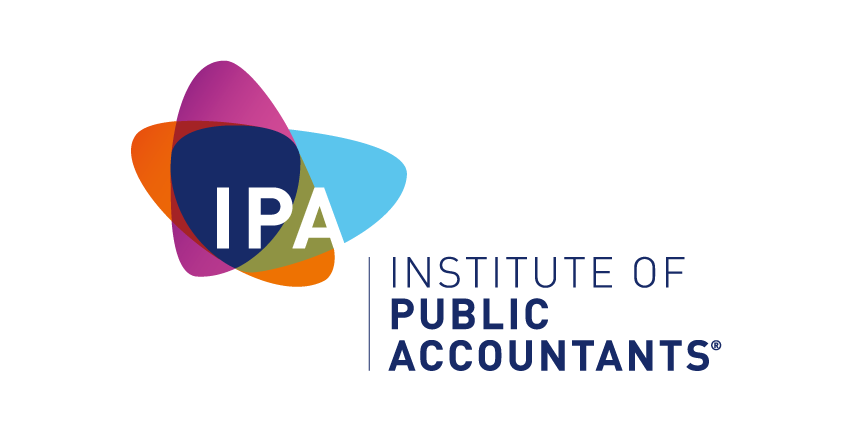Small Business Restructure Rollover
The IPA welcomes the opportunity to provide a submission on the exposure draft Small Business Restructure Rollover (ED) and the accompanying explanatory material (EM). In the 2015-2016 Budget, the Government announced that it would introduce a roll-over to allow small business to change its legal structure, without incurring a capital gains tax (CGT) liability. The ED and EM represents the draft legislation to bring effect to this announcement.
The IPA is a professional organisation for accountants who are recognised for their practical, hands-on skills and a broad understanding of the total business environment. Representing more than 35,000 members and students in Australia and in more than 81 countries, the IPA represents members and students working in industry, commerce, government, academia and private practice. More than 75 per cent of our members work in or with small business and SMEs and are recognised as the trusted advisers to these sectors.
The IPA is generally supportive of measures that reduce complexity and the compliance burden in the administration of taxation law, especially when it relates to small business. The proposed changes are intended to allow the business to develop and grow by allowing the business to change legal entity without incurring significant income tax liabilities. Without rollover relief, the impact of tax liabilities on cash flow creates an impediment to restructuring. This rollover relief provides small business with an opportunity to move away from overly complex structures to avoid unnecessary compliance costs or to move to a more appropriate structure which better suits their current circumstances or conditions. Allowing small business to select the most relevant structure to take account of the stage in the life of the business without being inhibited by certain tax costs provides more flexibility. State based taxes such as stamp duty may still be relevant for restructuring from one entity to another.
Currently, CGT roll-over relief is available for individual sole traders, partnerships and trusts that convert to a company structure. The proposed legislation extends the rollover relief to transfers of assets from a company to a sole trader, partnership or trust, occurring on or after 1 July 2016. The rollover relief will mean that the transferee will pick up the tax cost base or attributes including acquisition date, on the transfer of business assets that are CGT assets, depreciating assets, trading stock or revenue assets as part of the restructure of a small business. Any pre-CGT assets will retain their pre-CGT status.
Specific comments in relation to the exposure draft, as follows:
- To be eligible for the rollover, you must be an entity that is a ‘small business entity’ in the income year in which the transfer takes place; and an entity that satisfies the maximum net asset value test at the time of the transfer. Therefore, for the entity to take advantage of the small business restructure rollover, both tests are cumulatively applied limiting the number of taxpayers who could be eligible for the rollover relief. In particular high volume, low margin businesses or asset rich, turnover poor businesses will be ineligible for the rollover. This treatment is inconsistent with Division 152 and effectively introduces another definition of small business.
- The rollover is only available where a number of conditions are met. One of these conditions is that no consideration is provided for the transfer. To require a restructure with no consideration is problematic and is commercially unrealistic. The transferring of assets for no consideration can also create legal issues for trusts and companies. The EM says that it is desirable to avoid complexity and the need for integrity rules. No consideration provided requirement can create interaction issues with other provisions in the Income Tax Acts such as Division 7A, FBT and other parts of the tax law. If the basic rule is to transfer assets at their actual costs then complexity is minimised without the need for integrity rules. If the rollover relief is to provide for the original tax cost of assets to be carried over to the new structure, the transfer should at least be allowed to occur for that amount.
- The EM outlines the factors a small business owner may take account of in determining which structure is the most appropriate for their business, which includes tax issues. If the principle reason for an eligible business to restructure is tax related, will the anti-avoidance provisions in other tax laws have any application? The proposed changes open up tax planning opportunities for an eligible small business entity and it would be helpful that the roll over concession is not circumvented by other tax laws.
In summary, we support the proposed changes as they extend the relief provided to small businesses by allowing the flexibility to change their legal structure without realising an income tax liability. This allows small businesses to select the most relevant legal structure for its stage in the life of the business. We are hopeful that the consultation process flushes out some of the concerns we have raised.
The IPA welcomes the opportunity to discuss further any of the matters we have put forward in our submission. Please address all further enquires to myself
([email protected] or 0419 369 038).
Yours sincerely,
Tony Greco FIPA
General Manager Technical Policy
Institute of Public Accountants
